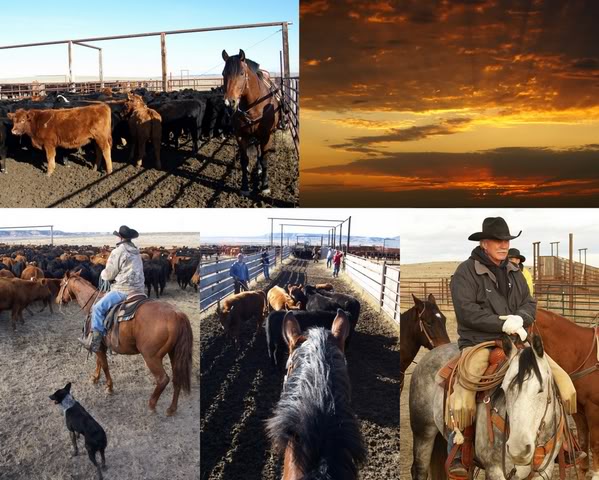
Each “season” of ranch work coincides with nature’s four seasons. Autumn, for most folks, is a time to make a to-do list of things they want to get done before winter sets in. So it is with the rancher. The last thing we do as part of our Fall chores is to ship our calf crop by semi-truck to the buyer. The above photo collage of shipping day is made up of images that could be called “the view from my saddle.” There is also a photo of one of my horses, “Harley.” A typical shipping day begins very early (at dawn).
Fall-work begins with moving cattle to different pastures, vaccinating the herd and pre-conditioning the calves in preparation for selling and shipping. We spend quite a bit of time horseback getting cattle situated in the right pastures. This is also a time to move bulls and do whatever culling is needed.
On the northern plains, shipping time generally takes place in October and November. We shipped our calves to the buyer a couple of weeks ago. My husband and I really enjoy helping our friends, family and neighbors with their fall-work; it gives us the opportunity to socialize. Everyone in our circle has checked off this last item on the rancher’s to-do list. It is a great feeling to watch the semi trailers pull away from the loading chute and know that our calf crop is on the road. Holding our annual paycheck in hand is a good feeling, also!
To finalize this last phase of fall-work, we wean our replacement heifers and keep them in a pasture with two-year old heifers; the “little girls” get extra feed and won’t have to compete with the older cows. Lastly, we move the cows to pasture to forage on their own until we begin feeding them hay and “cake” in December, if we’re lucky to go that long. When the snow cover is hard, we’ll bring the main herd of cows back to the feeding-ground pasture which is on the county road and across from the hay stack-yard. Normally we need about 200 tons of hay to get us through the winter. The cows bawl for their calves after weaning, and we leave them be for a couple of days to adjust. When we move them to the early winter pasture, they seem to know the drill and happily mosey along.
Cattle have a very strong location memory; that is to say they remember well what happens where and when. It always amazes me that the older cows know where to go and what comes next, as if their seasonal clock tells them what do…much like the leaves turning color. Soon, when winter arrives in earnest, we won’t have to convince the girls to come back to the feeding ground. They’ll be more than ready and they know the way. Sometimes, they’re ready before we are and they’ll rub a gate down and come home on their own. When we go out to check on things, they’ll be there “bellering” at us, as if to say, “You’re late!!”


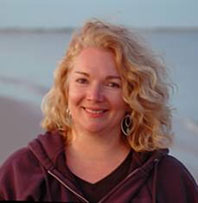
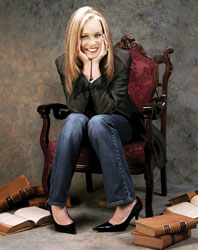

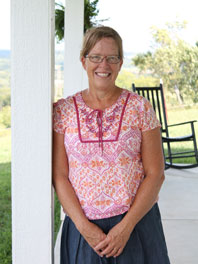
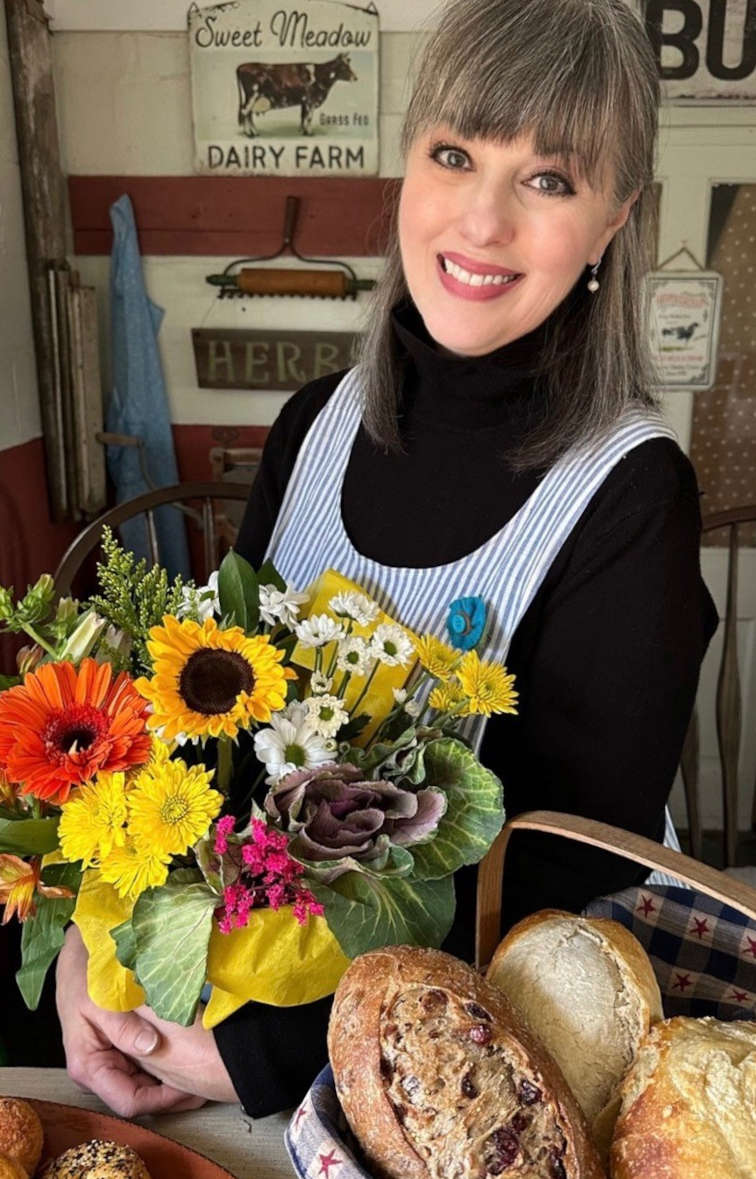
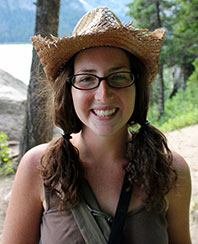
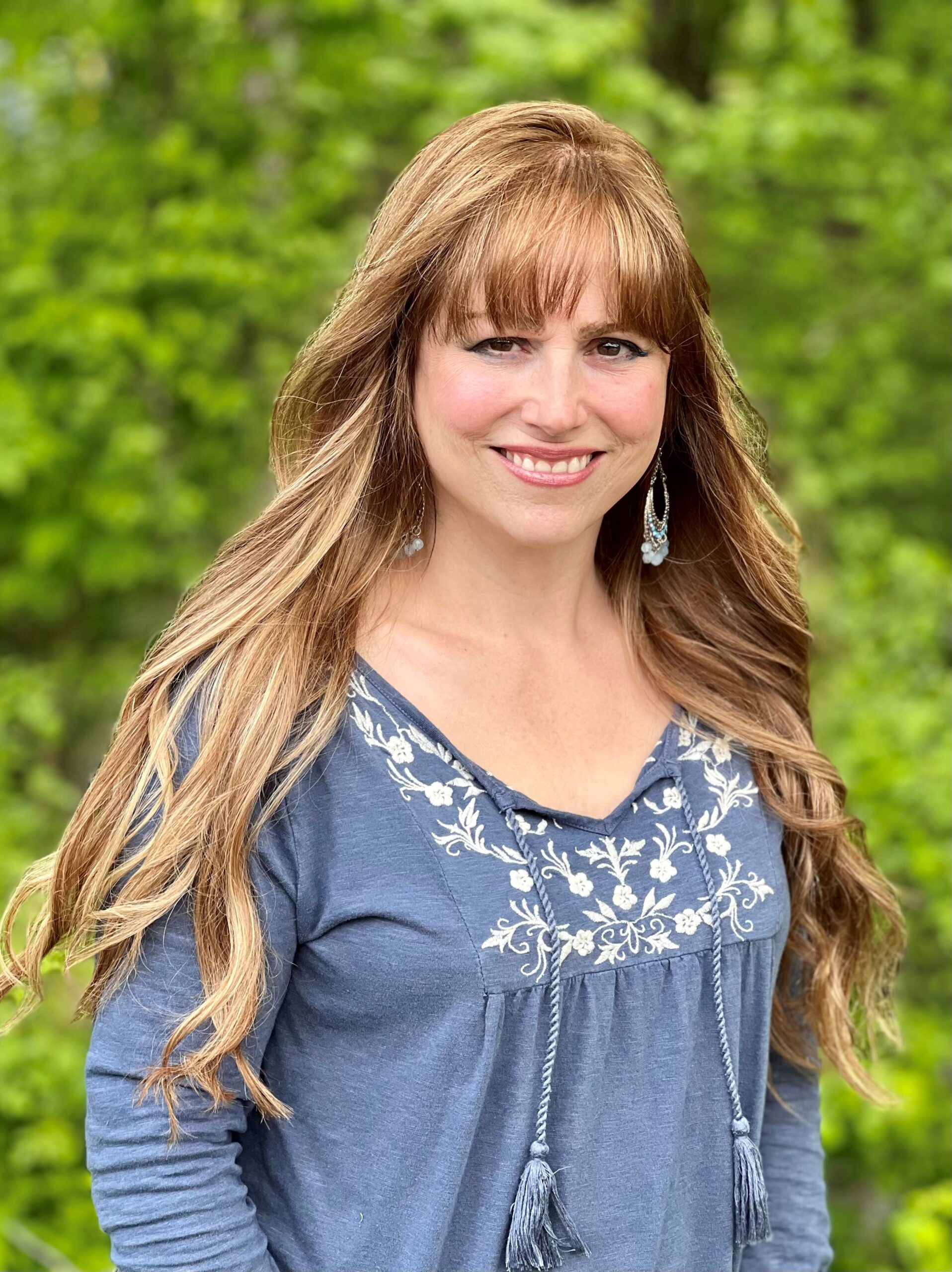
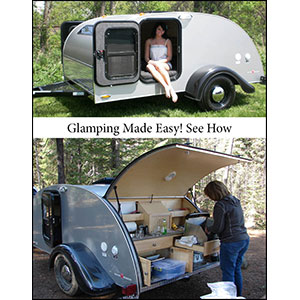

Your blogs about your ranch life are very interesting. My husband and I are from a PA farm background. (We met on a Farmall M tractor!) We were grain farmers and can relate to much you share…so glad to learn more. Keep it up.
Busy time for you, and I can imagine of accomplishment now that your work is done, but I bet there is always "something" to do. Enjoy the down time! Carol
This is interesting but I for one do not know anything about the west really, I’m a north-easterner, nor do I know much about any kind of cattle besides dairy cows. Could you provide info that describes what the pictures are showing? Which horse is Harley? etc. Your photography is great and I enjoy looking @ your pictures, & reading what you have written, but this latest blog doesn’t grab me because I know so little. The stuff you written about your grandfather is so real & brings back my grandpa.
hi,I have done this too,only on a smaller scale,we didn’t have semi loads,we just had a trailer full.But,on a beautiful fall day, it is refreshing, and just ok to listen to the cattle, and smell the manure, being outdoors with nature. blessed be, carol branum, lamar mo. themofarmersdaughter@blogspot.com
What beautiful photo’s. My grandpa was a cattle rancher in Decatur, Texas for most of his life. We visited the ranch once while I was growing up, but the cows were out to pasture. We saw nothing of his actual "operation"… but being a Texan, he was full of stories. He always used the nickname heifer for his female grandchildren and my granny too sometimes! It was definitely in his blood. He ranched until his late 70’s then he finally retired. I’m a western girl born in Texas, raised in Nevada, transplanted in New England and I just love your blog… Your pix are like little shots from home that warm me up when I look at them… I enjoy your writing as well! Keep sharing your wonderful way of life…It is a great reminder to us all that our food does not just " appear" wrapped up nice and neat at our local meat counter ready for our choosing. Cattle ranching looks like hard work, but it’s easy to see, there is joy in if for you!
Hi Kris from the Ranch Farmgirl herself! You asked for some details pertaining to this post.
My horse, "Harley" is the horse standing by himself in the alley with calves we were moving through the part of the corral system called the alley. The calves were separated by gender and they were also vaccinated for several diseases. You can see the alley work being done in the bottom photo (middle) from my vantage point being horseback and holding the calves as people afoot work the calves by gender into separate pens.
The photo of the sunrise suggested the time of day when shipping begins (which is also the case with some other workdays too).
The fella and his dog were among about 15 riders that were spread out as we took the entire herd into the corrals — after we had gathered them from a nearby pasture.
The cowboy on his gray horse is a friend who had volunteered to help with the day’s work. After the job is done (about noon), everyone loads up their horses and heads to the main house for a GREAT lunch. Afterward, we visit awhile and then all the friends and neighbors head back home. Thank you for asking about the How-To, I hope I explained things clearly. Happy Trails, Shery Jespersen
Thank you for explaining it all. I wish you Happy Trails also and a great holiday season. The expression Happy Trails sounds so Roy Rogers and Dale Evans. Is that where that expression came from or is it in general use?
How are you enjoying the cold? I woke up in the middle of the night and turned on the weather channel, and it was minus 24…but that was the Greybull temperature so I am not sure what it was here in Cody. Usually it is a few degrees warmer. Winter is my favorite season in Wyoming (don’t ask me why) but I have to admit that I am looking forward to the weekend when it will be above zero…we’ve got a Christmas tree to cut down! Stay warm! Deb
I was referred to your website via twitter. I’m glad I was referred; it’s been an enjoying read. This post reminds me of a recent quote I read- "No matter how much horsepower your truck has it still can’t cut a calf from the herd."
Hi Sherri, I have been so busy with trying to start my business, and family life, that I have neglected my emails and Mary Jane. I guess cause I’m a farmgirl and a horse person I am receiving your blog? Great stories, inspirational, beautiful photos. Thanks for taking the time to write to us.
I live in the Adirondacks mtns. of NY. It is 8:13 am,9 degrees outside, with at least 20 inches of snow. We live off the grid, which makes it hard without a lot of sun light for the solar panels this time of the year…How DID they survive here in the old days! Happy Holidays, Claudia
Wow what beautiful pics. For a native Tarheel (NC) it’s really nice to get a peek into your life out west.